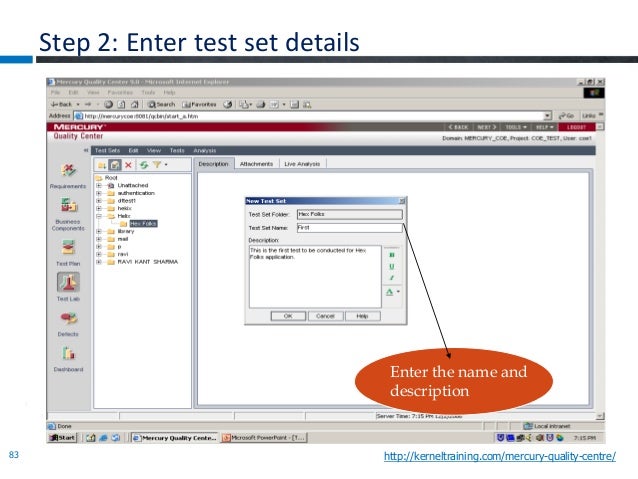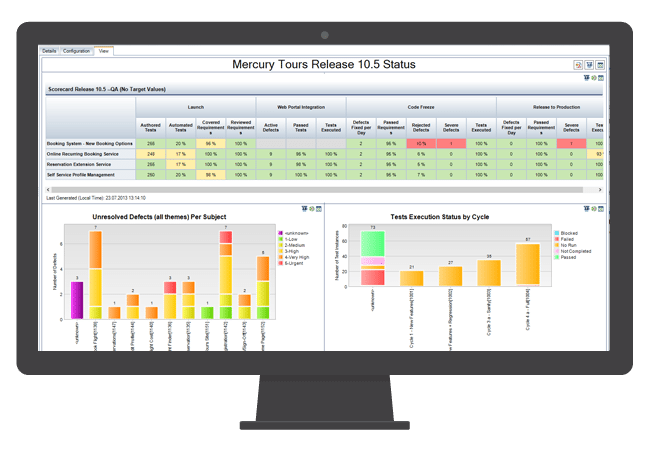Quality Center (QC for short) is a web application software product offered by the Software division of HP (Hewlett-Packard), one of the largest corporations in the world.
- Hp Mercury Quality Center Hp
- Hp Mercury Quality Center Online
- Hp Mercury Quality Center
- Mercury And Hp Quality Center

QC was one of several products (along with LoadRunner, WinRunner, Quick Test Pro, as well as IT governance products) HP purchased with its acquisition of Mercury Interactive in 2003.
Hp Mercury Quality Center Hp
Over time, this product's name changed from 'Test Director' to Quality Center (QC) to ALM (for Application Lifecycle Management) in 2010 at QC version 11, when the product's value proposition became the management of Requirements, Test Plans, Test Execution, and Defects in a single system.
The ALM product name is a little confusing because the 'ALM edition' of the ALM product replaces 'Quality Center Premier Edition'. QC 'Enterprise' and 'Starter' editions carried into ALM. Furthermore, with version 11, ALM also became the database for HP's Performance Center (PC) enterprise performance testing product.



Hp Mercury Quality Center Online
HP Mercury Quality Center - ActiveX Control ProgColor Buffer Overflow (Metasploit). Remote exploit for Windows platform. Integrating JUnit tests with HP/Mercury Quality Center Part 2: reporting annotation converage using a base class. In my previous post I talked about adding an annotation to JUnit test cases that identified corresponding manual test cases defined in Quality Center.
Hp Mercury Quality Center
So this article refers to 'Quality Center' and ALM/QC as equivalent synonyms.
The expansiveness of the ALM/QC product line makes it popular among corporate CEOs and CIOs.
Mercury And Hp Quality Center
The decision to adopt ALM/QC is often made between just HP salespeople and C-level executives (CEOs and CIOs) who pitch how management can get better visibility and control into the QA department. This management-oriented 'business proposition' and 'payback' sounds so enticing that executives often don't feel a need to get full input from technical people or to evaluate 'minor technical' details (imagine the dismissive hand waving). Why inject negativity?